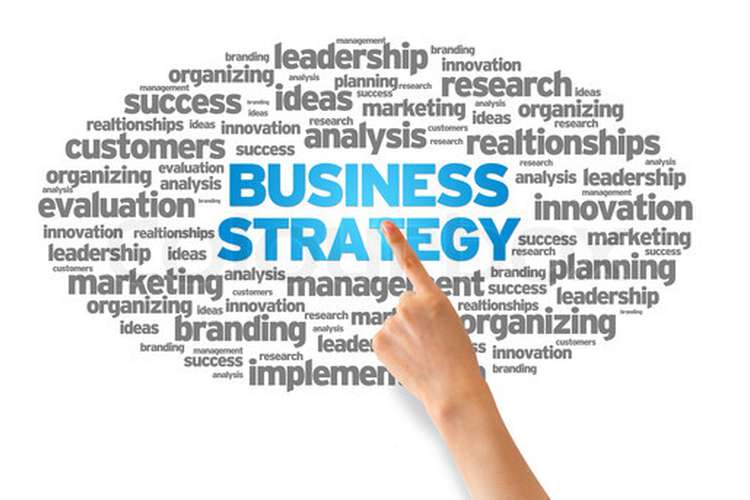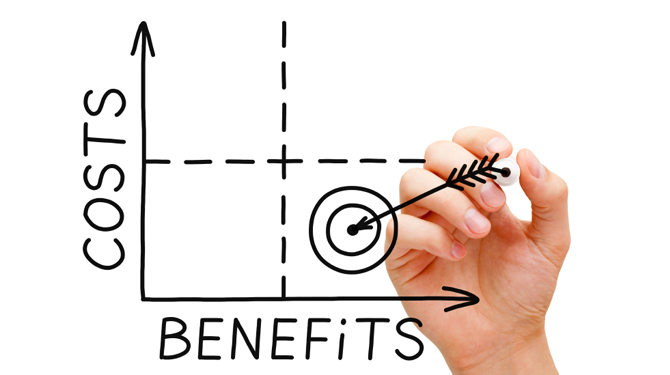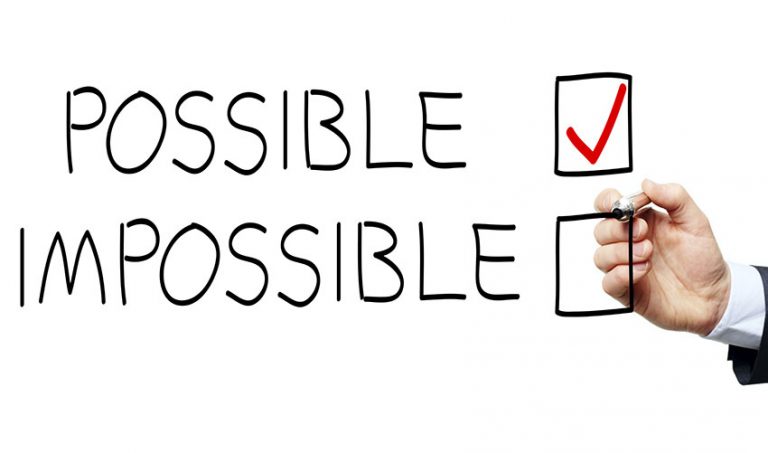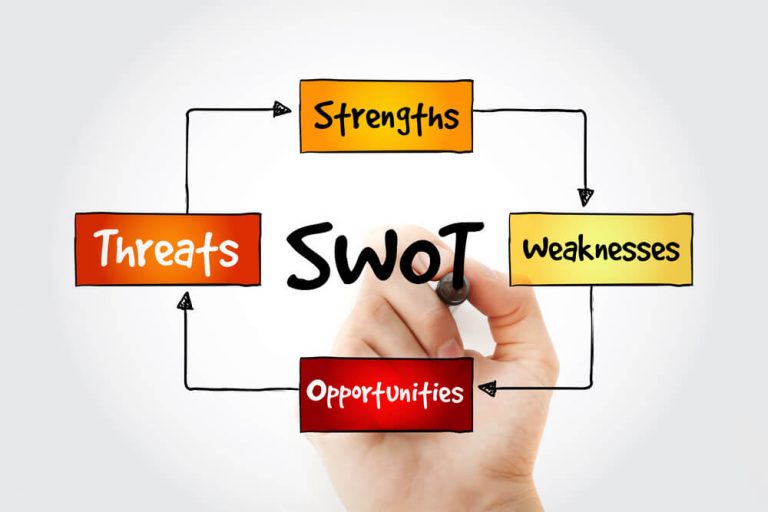

The business case of an innovation project is an evidence-based examination of whether an idea under consideration is commercially viable. The ‘case’ should include market analysis, assessment of benefits, a cost/benefit analysis, the key assumptions and dependencies, risk analysis, a summary of costs and resources, identification of funding sources, the start and end dates, and final recommendations.

A business model describes the rationale of how an organisation creates, delivers, and captures value. It is represented by ten building blocks; key partners, key activities, key resources, the value proposition, the product/service, customer relationships, customer segments, channels, cost structure, and revenue structure.

The ‘Business Strategy Method’, also known as ‘Strategic Buckets’, is an approach to portfolio management that utilises the strategy of the business. The execution of this technique requires the organisation to define several strategic domains, the ‘strategic buckets’, and divide innovation projects amongst them.

A case study is an empirical inquiry into complex phenomena in context, used to inform organisational decision making.

Cost-benefit analysis is a simple approach used in the later phases of idea assessment. The technique uses subtraction to weigh ‘costs’ against ‘benefits’ and prioritise ideas.

A feasibility assessment determines the viability or practicality of an idea. It is a valuable technique for portfolio management that focuses on the market, technology, organisational, and financial dimensions of new concepts.

Repeatable questions diagrams are a simple technique through which an in-depth understanding of new ideas can be obtained and an assessment made regarding their viability.

SWOT is an acronym for strengths, weaknesses, opportunities, and threats. The technique is used to evaluate products, industries, organisations, or ideas through the identification of internal and external factors under each category represented by the four letters.